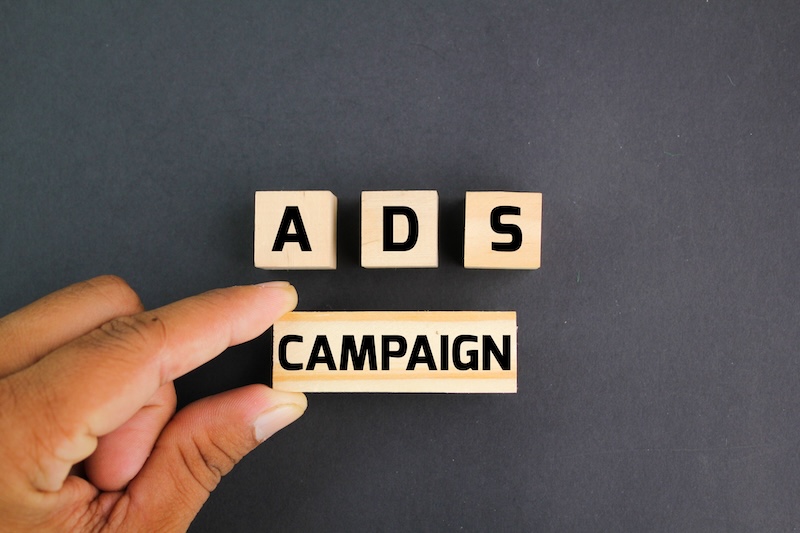How to Effectively Target the Right Audience with Google Ads

Introduction
In today's digital marketing landscape, precision targeting is more critical than ever. With businesses striving to make every marketing dollar count, effectively reaching the right audience can make all the difference. Google Ads, one of the most robust advertising platforms available, offers a plethora of tools and features designed to help marketers hone in on their ideal customers. But how can you ensure you're using these tools to their full potential? This guide will walk you through the intricacies of targeting the right audience with Google Ads, offering practical examples, best practices, and actionable insights.
Understanding Google Ads Audience Targeting
Google Ads provides several audience targeting options, enabling advertisers to tailor their campaigns to specific user groups. These options include:
- Demographic Targeting: Filter your audience based on age, gender, parental status, or household income.
- Affinity Audiences: Reach users based on their lifestyle and interests.
- In-Market Audiences: Target users actively considering buying a product or service similar to yours.
- Custom Audiences: Create audiences tailored to your business needs using URL targeting, app targeting, or specific interests.
- Remarketing: Engage users who have previously interacted with your website or app.
Advanced Targeting Strategies
To truly unlock the power of Google Ads, consider combining multiple targeting options to create highly specific audience segments. For example, if you run an online fitness store, you might target:
- Demographic: Males and females aged 25-45
- Affinity Audience: Health & Fitness Buffs
- In-Market Audience: Sports & Fitness Equipment
Practical Example
Suppose you're promoting a new line of eco-friendly athletic wear. You could create a custom audience targeting users who have visited environmentally-conscious blogs, searched for "sustainable fashion," or downloaded fitness apps. This strategy ensures your ads reach users who are more likely to be interested in your product, thereby increasing the likelihood of conversion.
Implementing Audience Targeting in Google Ads
Step-by-Step Guide
-
Set Up Your Campaign:
- Log in to your Google Ads account and select "New Campaign."
- Choose your campaign goal, such as Sales, Leads, or Website Traffic.
-
Select Your Targeting Options:
- Navigate to the "Audience" section in the campaign setup.
- Choose the audience segments that align with your campaign goals.
-
Refine Your Audience:
- Use the "Edit Audience Segments" option to combine multiple targeting criteria.
- Leverage audience insights to understand your users better and refine your targeting strategy.
Code Snippet for Custom Audience Creation
// Create a custom audience in Google Ads using the Ads API
function createCustomAudience() {
const customAudienceService = AdsApp.adwords().customAudiences();
const customAudienceOperation = customAudienceService
.newBuilder()
.withName("Eco-Friendly Fitness Enthusiasts")
.withType("CUSTOM_AFFINITY")
.addInterest("Sustainable Fashion")
.addInterest("Fitness Apps")
.build();
if (customAudienceOperation.isSuccessful()) {
const customAudience = customAudienceOperation.getResult();
Logger.log("Custom Audience ID: " + customAudience.getId());
} else {
Logger.log("Custom Audience creation failed.");
}
}
Best Practices for Audience Targeting
1. Leverage Data and Analytics:
- Use Google Analytics to gain insights into user behavior and preferences.
- Analyze demographic data to identify high-performing audience segments.
2. Utilize Remarketing Lists:
- Create remarketing lists for users who have shown interest in your products.
- Customize your ads to address specific user needs and increase engagement.
3. Test and Optimize:
- Conduct A/B testing with different audience segments to determine what works best.
- Continuously monitor campaign performance and adjust your targeting strategy accordingly.
4. Stay Updated with Industry Trends:
- Keep abreast of the latest trends in digital marketing and audience behavior.
- Adapt your targeting strategy to align with changing consumer preferences.
Actionable Takeaways
- Define Your Audience Clearly: Understand who your ideal customers are and tailor your targeting strategy accordingly.
- Combine Targeting Options: Utilize multiple targeting options to create precise audience segments.
- Monitor and Adjust Regularly: Use performance data to refine your targeting approach continually.
- Utilize Google Ads Tools: Leverage Google Ads tools such as audience insights and remarketing lists to enhance your campaigns.
Conclusion and Next Steps
Targeting the right audience with Google Ads is a powerful way to boost your marketing ROI and drive meaningful business results. By understanding the various targeting options available and implementing best practices, you can ensure your ads reach the most relevant users. As you continue to refine your strategy, don't forget to stay informed about industry trends and leverage data to make informed decisions.
Next Steps
- Explore Google Ads Tutorials: Google offers a wealth of resources and tutorials to help you master audience targeting.
- Join Online Communities: Engage with other marketers to share insights and learn from their experiences.
- Experiment with New Features: Google Ads frequently updates its platform with new features—stay curious and experiment with them.
By following these steps, you'll be well on your way to crafting successful Google Ads campaigns that resonate with your target audience.